Tetramethylrhodamine ethyl ester (TMRE) is a fluorescent dye used for the visualization and quantification of mitochondrial membrane potential in living cells. It belongs to the family of rhodamine dyes and is often employed in various cellular assays to study mitochondrial health and function. TMRE accumulates in active, polarized mitochondria, emitting red fluorescence, which makes it a valuable tool for assessing mitochondrial membrane potential changes.
Key Features of TMRE:
- Membrane Potential Indicator:
- TMRE is sensitive to changes in mitochondrial membrane potential. It accumulates in active, polarized mitochondria, emitting red fluorescence.
- Cell Permeability:
- TMRE is cell-permeable and can be used in live-cell imaging experiments.
How to Use TMRE:
- Preparation of TMRE Stock Solution:
- Prepare a stock solution of TMRE by dissolving it in an appropriate solvent (commonly DMSO) to achieve the desired concentration. Typical working concentrations may range from 10 to 200 nM.
- Cell Preparation:
- Culture cells of interest in appropriate growth medium and conditions. Ensure that the cells are adherent or can be easily suspended for imaging.
- Loading of TMRE:
- Add the TMRE stock solution to the cell culture medium or buffer at the desired concentration. Incubate the cells with TMRE for a specific period, typically 15-30 minutes, allowing the dye to accumulate in mitochondria.
- Washing (if needed):
- After the incubation period, wash the cells with a buffer to remove excess TMRE from the culture medium.
- Microscopy and Imaging:
- Perform live-cell imaging using a fluorescence microscope equipped with appropriate filter sets for red fluorescence. Excite TMRE at around 550-580 nm and detect emitted fluorescence at approximately 590-620 nm.
- Mitochondrial Health Assessment:
- Analyze the fluorescence intensity of TMRE in mitochondria. Higher fluorescence indicates active and polarized mitochondria, while a decrease may suggest mitochondrial membrane depolarization.
- Controls and Calibration:
- Include appropriate controls, such as cells treated with mitochondrial uncouplers or depolarizing agents, to calibrate the responses and validate the results.
- Quantification:
- Use image analysis software to quantify TMRE fluorescence intensity. This can be performed at the single-cell level or for the entire field of view.
- Data Interpretation:
- Interpret the results in the context of your experimental goals. Changes in TMRE fluorescence can provide insights into mitochondrial function, health, and responses to various stimuli.
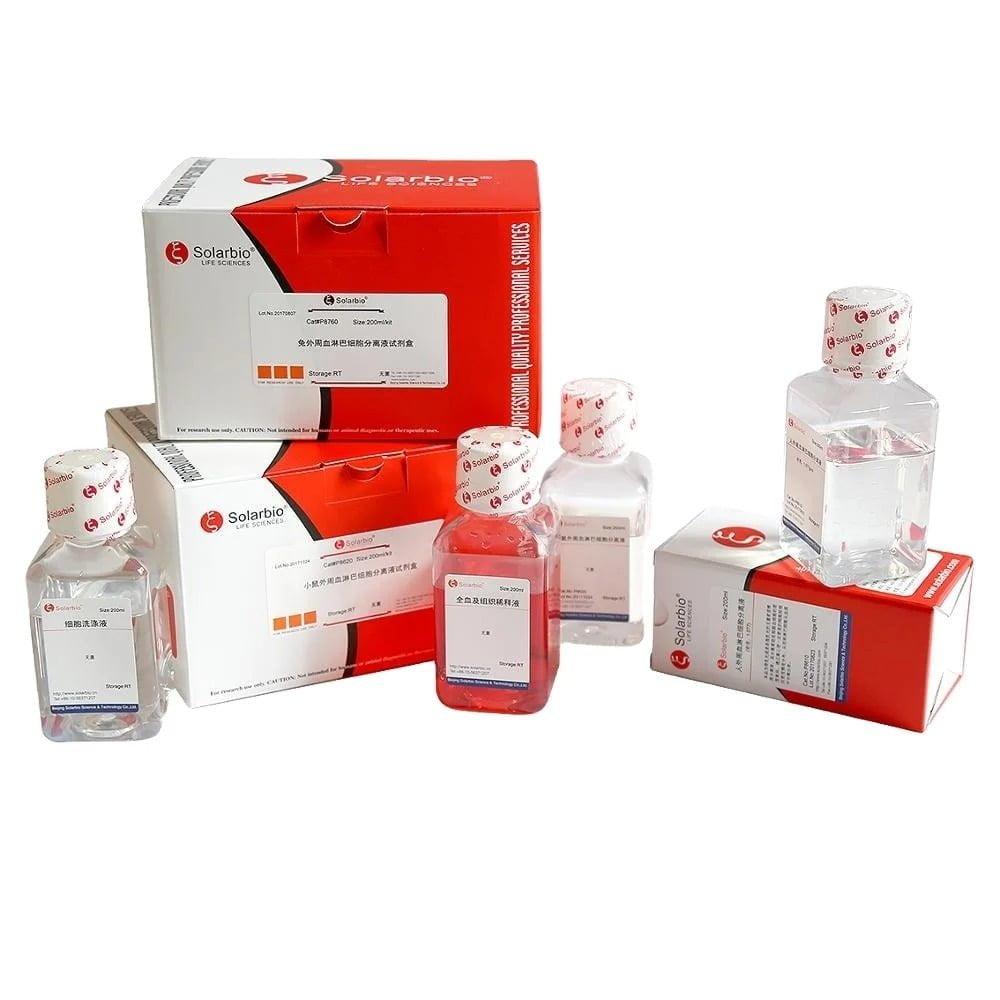
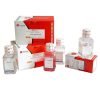
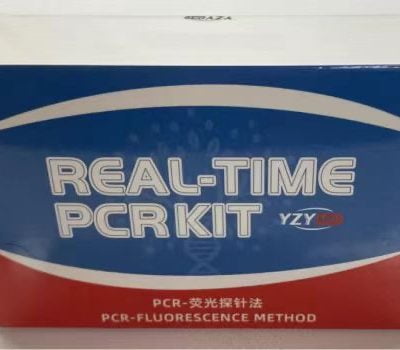
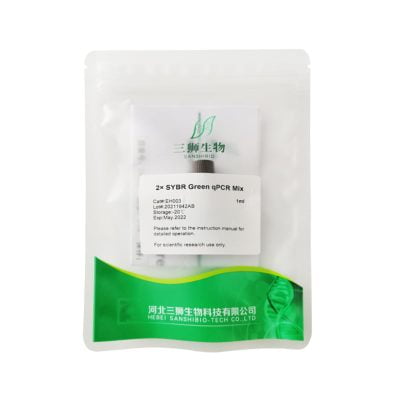
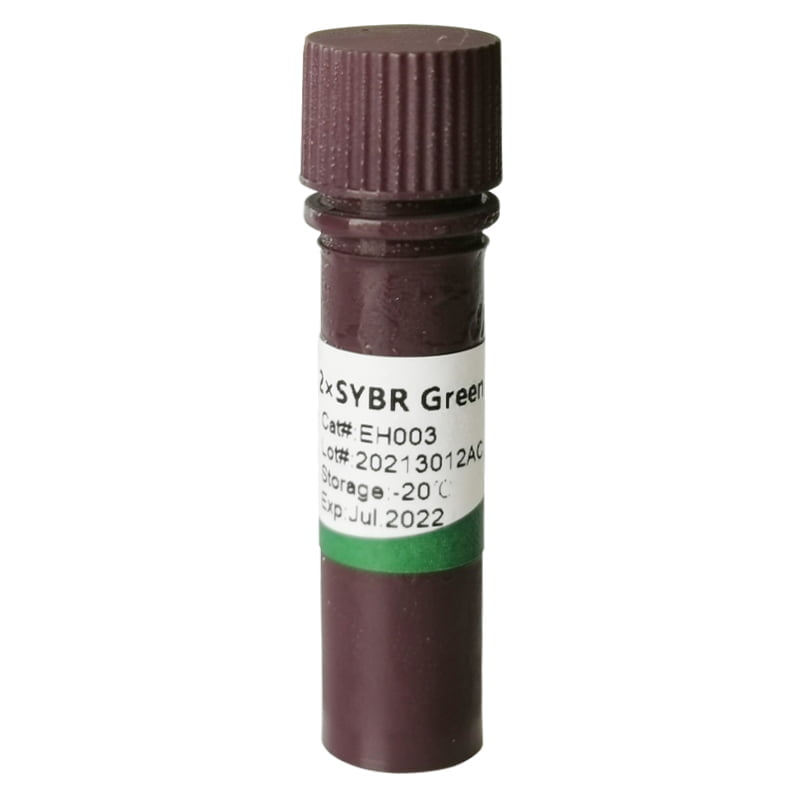
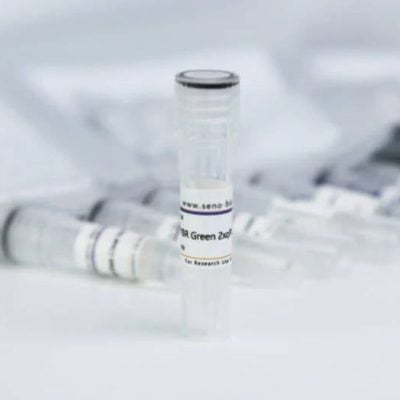
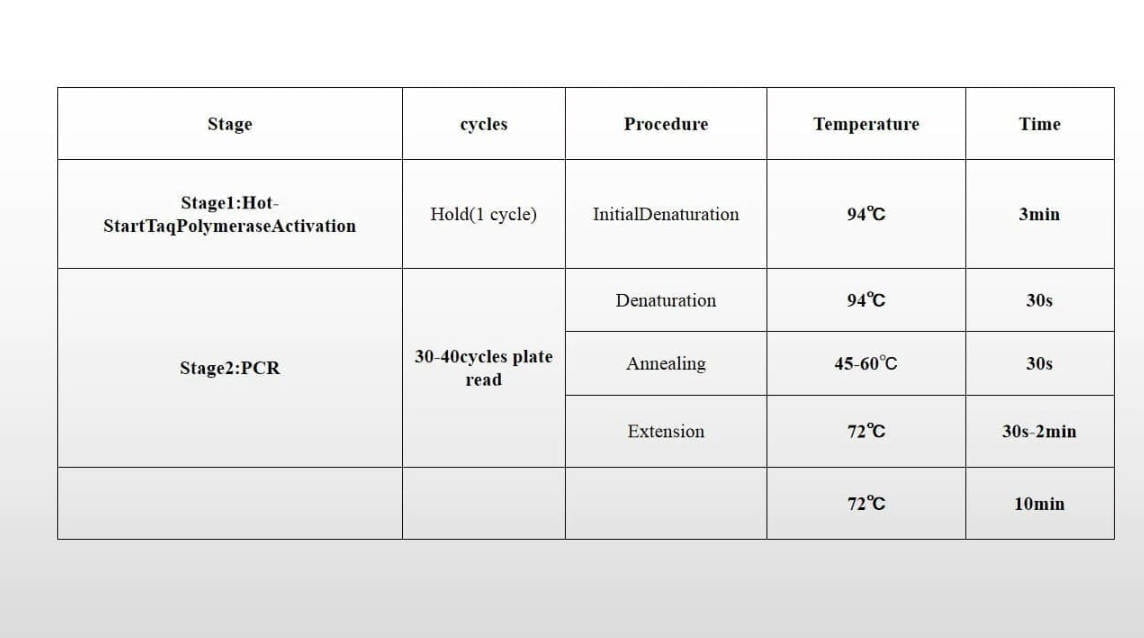
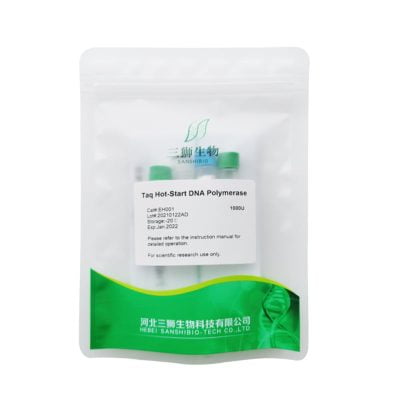
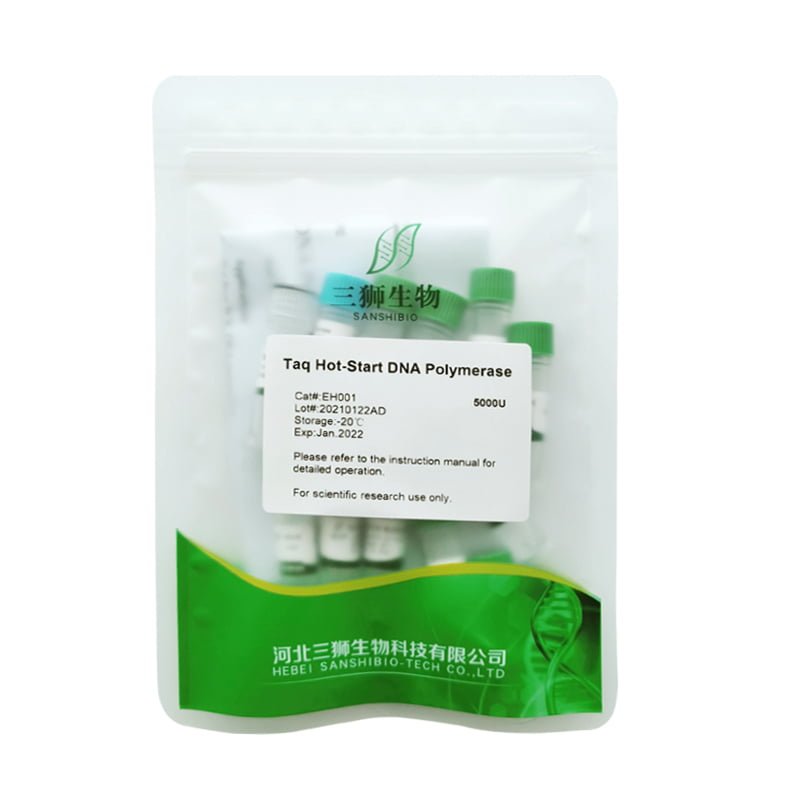
Reviews
There are no reviews yet.